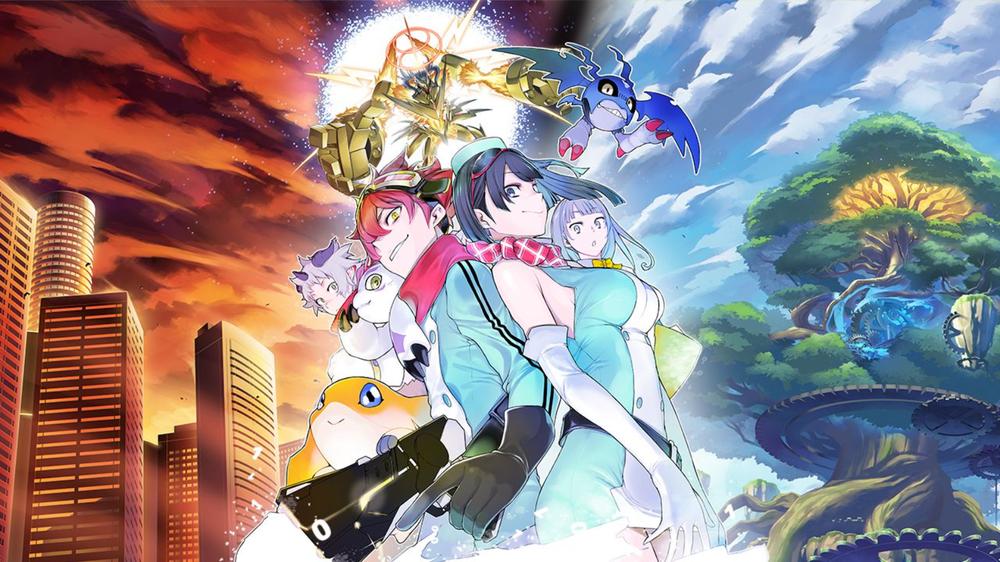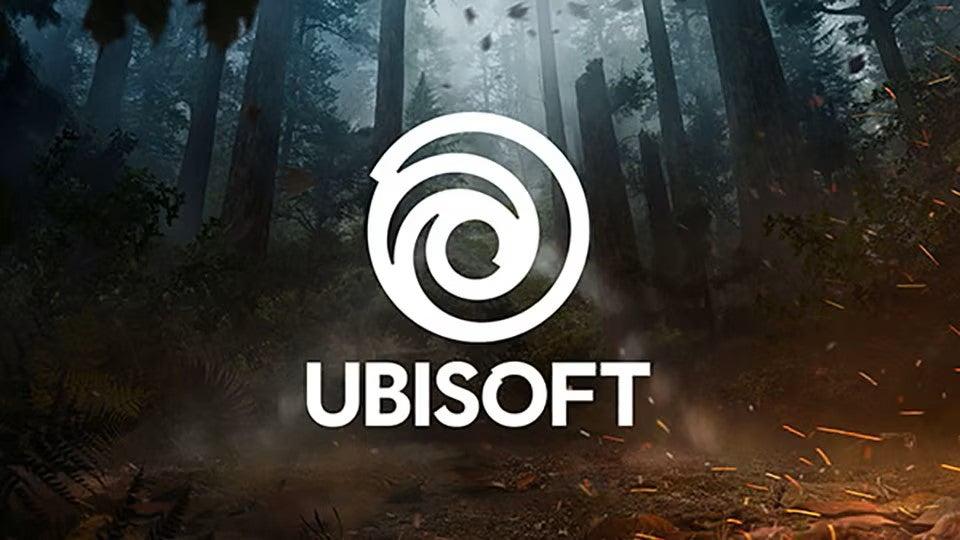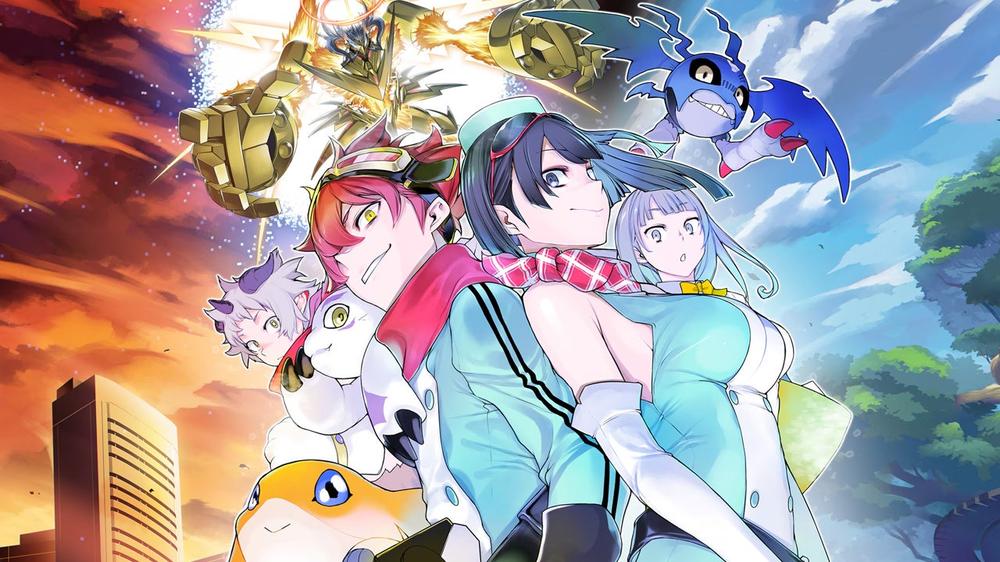Digimon Story Time Stranger is the sort of game that makes you think you know where it’s going, and then yanks the rug from under you. It’s ambitious, packed with 450 Digimon to raise and evolve, and it tells a story that rarely plays it safe.
This feels like a game finally stepping into the same space as the great monster-catching RPGs like Ni No Kuni: Wrath of the White Witch. It’s a bold attempt to deliver the most fully realized Digimon adventure yet, one that doesn’t just trade on nostalgia but pushes to stand tall as a modern RPG in its own right.
But that ambition doesn’t always land. At its best, the series finally feels on par with the RPGs it’s always compared to, like Pokémon; at its worst, you’re trudging down narrow hallways wishing the world offered more room to breathe.
Digimon Story Time Stranger screenshots
What is Digimon Story Time Stranger about?
You play as an agent investigating strange distortions pulling Tokyo into a place called the Digital World.
Alongside your Digimon, you explore shifting zones, battle hostile creatures, and uncover why the balance between the two worlds is starting to collapse.
A story that keeps you on your toes
Digimon Story Time Stranger is a comfortingly simple game that involves collecting creatures, exploring dungeons, and battling it out against monsters.. However, despite the simple gameplay loop, the narrative twists keep you locked in for the 45+ hour ride.
The story is fully voiced, with every Digimon regularly chiming in. Some sound great, others… well, let’s just say silence might have been kinder. But the sheer effort gives the whole thing a cinematic weight that past entries never had.
One issue with the story is that the opening hours bury you in cutscenes, with your companion reaching out over comms. These constant interruptions could have been emails or log notes, but instead, they dramatically slow down the gameplay, making it death by a thousand pauses.
The good news is that once the game stops tripping over itself, it clicks. The cast opens up, the Digital World expands, and the rhythm of grind, evolve, and battle finally takes hold. During this, the story grows as you push forward, mechanics expand with it, and by the end, it feels like you’ve grown with your digital companions.
A deep evolution system worth the grind
That feeling of growth is baked into the evolution system too, with branching paths that tempt you back into the grind.
The heart of Time Stranger is its monster-catching and evolution, and the more you play, the more it pushes you to keep training, experimenting, and grinding.
Defeating monsters improves your analysis of them, boosting their stats and giving you an extra incentive to grind for stronger evolutions down the line.
The personality system makes it even richer, too, making evolution more complex and giving real value to collecting duplicate Digimon thanks to the branching possibilities it unlocks.
Evolving isn’t straightforward either: a single In-Training Digimon can branch into three, four, or even more Champions, with further splits as you move up the chain.
Training, however, can feel unnecessarily clunky. You can rename your character from the pause menu, yet boosting your Digimon’s stats in the Digifarm means trekking to a separate location. It’s a hassle, but the system still rewards persistence.
Combat that rewards preparation
Time Stranger feels like a PG-rated Shin Megami Tensei. Teams of three Digimon, plus a guest, go toe-to-toe in turn-based battles.
You can order them to attack, guard, or use elemental skills, while you, as the agent, can step in with Cross Arts to buff allies or deal direct damage. It’s straightforward, leaning heavily on elemental weaknesses and resistances, but it punishes you if you don’t prepare properly – and that’s where the tension comes in.
Thankfully, it gives you tools to smooth out the grind. Autobattle, combined with an x5 speed mode, is perfect for chewing through the endless Solarmon fights in the Factory area. It’s not a switch-your-brain-off system, though. I found it useful for chipping away at busywork, but it never trivializes harsher fights. Honestly, it’s the kind of feature you wish Pokémon had, and you wonder how long it will take Game Freak to catch on.
Bosses hit too hard to leave to the AI, which isn’t reliable anyway. Leaving autobattle running also robs you of moments like triggering a Cross Art or hitting a QTE that grants a second strike.
In the end, you’ll seize control in every big fight, because it’s the only way to secure victory, and that’s the smartest thing about the combat. Autobattle won’t carry you through the hard stuff, but it will happily let you zone out during the grind.
A beautiful but narrow world
It’s a shame the same care doesn’t extend to exploration, because while the Digital World feels designed by someone with a photographer’s eye, you’re still funneled down uninspiring, narrow maps.
I kept waiting for Story Time Stranger to throw me into a huge open field, like a dog finally let off the leash, but it never came. Even in biomes that look like they should sprawl, you just get more branching hallways.
The Digi-Ride system is the clearest example. On paper, it’s exciting, as who doesn’t want to ride their favorite Digimon? However, it’s a shame that it’s only cosmetic. Unlike Pokemon, where mounts offer speed boosts and utility in exploration, Story Time Strager’s Digi-Ride system feels hollow. You don’t move much faster, you don’t unlock new areas – instead, you just trudge the same corridors on a different creature.
Fortunately, talking to NPCs is genuinely fun. Digimon in the city all have quirks, little conflicts, or stories that give the world character.
You might bump into one sulking about a rival, another bragging about its future evolutions, or one just begging for help. Their personalities make the Digital World feel alive.
But when those conversations turn into side quests, the magic fades. Almost every task boils down to the same loop: travel to an area, trigger a few battles until the right item drops, and trot back to the quest-giver.
What’s missing is any real puzzle or challenge. Side quests don’t ask you to think, just to fetch. You are even thrown a “see quest” prompt in the log after you’ve spoken to an NPC, as if you might have stumbled into it by accident. It’s absurd, and honestly a bit annoying, because the maps are so small that getting lost is impossible. If you picked up a quest, you knew exactly what you were doing.
The writing gives them charm, but mechanically they’re errands dressed up as adventures. You’ll do them because the rewards are handy, not because the design pushes you to think or surprises you.
Verdict
Digimon Story Time Stranger should be the strongest RPG the series has produced. The evolution system is endlessly replayable, the story delivers big twists, and the presentation shows real care. Unfortunately, it narrowly misses the top spot thanks to its small maps, tedious training, and mechanics that never live up to their promise.
It’s a fantastic monster-catching game at its core, but the world around it feels too restricted and the side content too shallow to match that depth.

 Assassin's Creed, Far Cry and Rainbow Six Now Operated by Vantage Studios, Ubisoft and Tencent's New Business Group With Full Autonomy on Creative Direction and Business Plans
Assassin's Creed, Far Cry and Rainbow Six Now Operated by Vantage Studios, Ubisoft and Tencent's New Business Group With Full Autonomy on Creative Direction and Business Plans